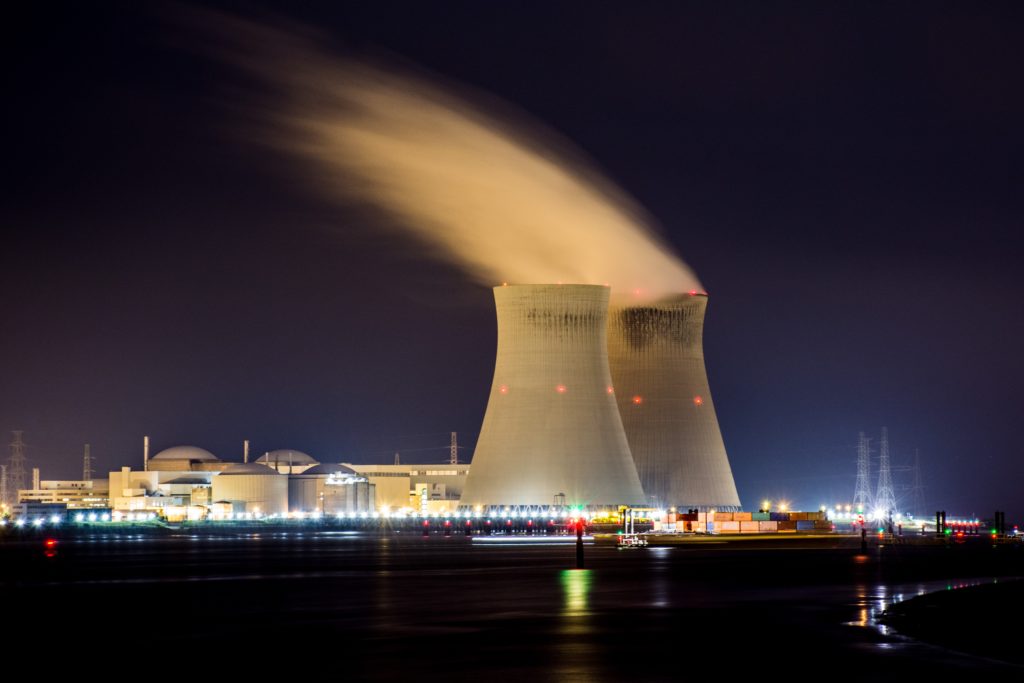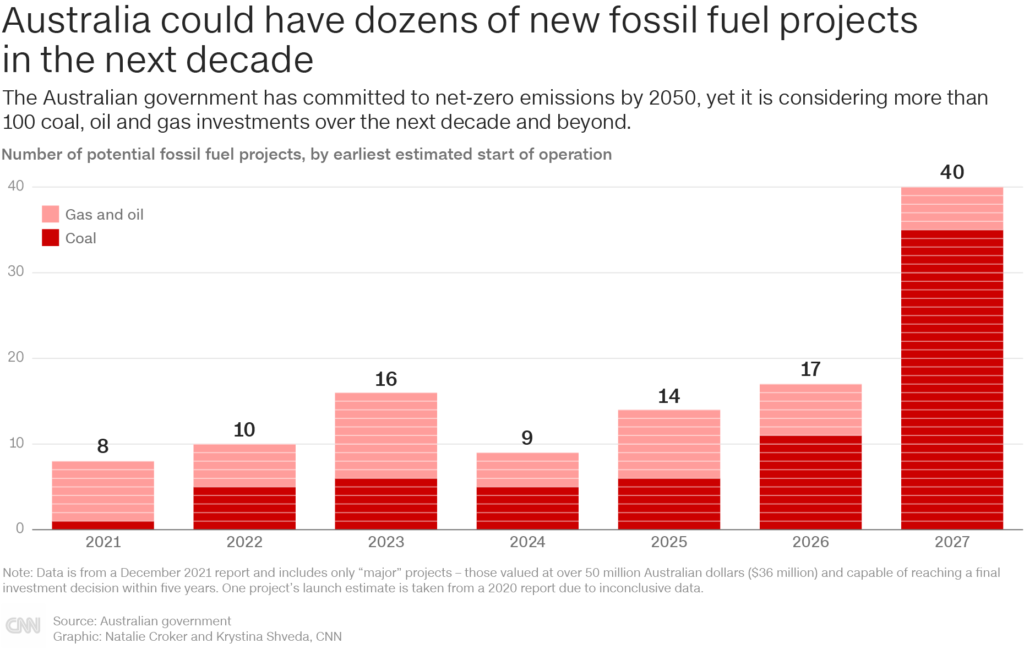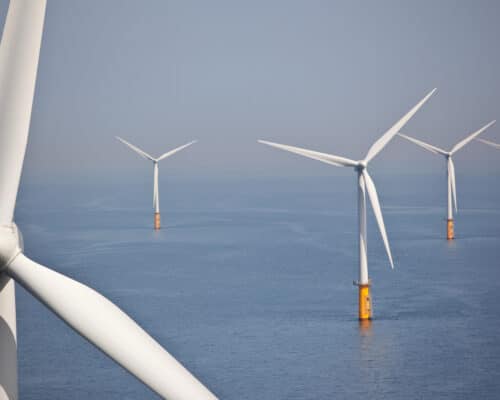Elections in Asia 2022 and Their Effect on the Region
01 August 2022 – by Viktor Tachev
For the Asian continent, important elections were held in the first half of 2022. South Korea and Australia, two of the most carbon-intensive economies, as well as the Philippines, elected new leadership. While the agendas of the new leaders lean towards a greener future, fossil fuels still remain part of their plans.
The 2022 Elections in Asia – South Korea, Australia and the Philippines in a Nutshell
The elections in the three countries were important for many reasons. However, due to the escalating climate crisis, climate ideas are the ones that deserve the utmost attention.
The election outcomes of the three countries were critical for the region’s net-zero progress. And while some countries elected leaders who will take steps in the right direction, others voted for a future where fossil fuels continue to play a leading role.
South Korea Elections 2022
South Korea’s previous leadership, President Moon, started taking strides in the right direction. However, the views of the newly-elected president Yoon Suk-yeol during his campaign and his moves after winning the national elections against the ruling Democratic party and getting into office risk tarnishing the country’s climate progress.
The president had been clear that he doesn’t consider 100% renewables by 2050 possible. He also stated that the energy demand couldn’t be sufficiently met with eco-friendly energy sources. Furthermore, he has been quite lenient with Korean polluters so far.
Energy Policy of President Yoon
Yoon’s climate policies actively push for increased nuclear energy generation. The plans aim at a 30% share of nuclear energy by 2030 from 27.4% in 2021. The ministry is also actively considering expanding the share of hydrogen in the country’s energy mix. The energy plans also include increasing oil and LNG imports and replacing ageing coal-fired power plants with LNG-based generators.
Regarding renewables, the government intends to announce a detailed plan on the most optimal energy mix by the end of 2022. It also pledged to cut greenhouse gas emissions by 40% from 2018 levels by 2030 and reach carbon neutrality by 2050. By 2030, the country aims to reduce its fossil fuel dependence to around 60% from 81.8% in 2021, with renewables holding a share of below 30%.
However, despite this, there is a sense that renewables are taking the back seat in the country’s new climate policies. While Yoon is open to the idea of renewable energy, focusing on hydrogen, LNG and nuclear power will slow the country’s transition toward clean energy sources. Furthermore, it will fuel the nation’s safety, cost and environmental concerns. It will also affect economic growth and fuel political turmoil.
In addition, despite the increase in the emission reduction target, climate analysts and critics warn that South Korea should cut its emissions by 59% by 2030 to align with the Paris Agreement.

Australia National Elections 2022
Australia’s elections have shown the nation’s frustration with the delay in addressing the climate crisis and the previous leadership’s massive fossil fuel export support.
The new prime minister, Anthony Albanese, vowed to turn Australia into a renewable energy powerhouse and end the “climate wars”. He sees investments in renewables as a way to solve the energy crisis and ensure cheaper and more reliable electricity. The Labour government plans to channel funds towards transmission and storage infrastructure, manufacturing renewable energy technology like batteries and ramping up the mining of green minerals like lithium.
The new leadership formally pledged to increase Australia’s emission reduction target to 43% below 2005 levels by 2030. The new target will also be reflected in legislation. While climate scientists still find the 43% emission reduction goal insufficient, the government has ruled out negotiating a further increase.
Albanese’s administration also plans to introduce a strengthened “safeguard mechanism” that sets an emissions cap on the biggest polluters.
However, the prime minister also admitted that the country might start looking toward nuclear power. During his campaign, Albanese avoided promising a rapid end to the use of fossil fuels or coal mining. The leader even admitted to thinking that Australia will still be mining coal in 2050 in a net-zero world.
Additionally, about 114 new coal and gas mining projects are undergoing approval.

Philippines Presidential Election 2022
In his campaign, Ferdinand Romualdez Marcos Jr., the newly elected president of the Philippines, called for collective action on climate change. He intends to steer away from using fossil fuels and promised to harness a diversified clean energy mix of geothermal, hydropower, wind and solar energy.
Marcos also expressed willingness to address the country’s growing energy needs by reviving nuclear power, including focusing on nuclear plants deemed suitable for fossil gas.
On the other hand, climate justice and accountability for the big polluters weren’t a central focus of his campaign.
After the elections, Marcos vowed to prioritise climate change issues in his administration and stressed the importance of climate adaptation. In one of his post-election speeches, the president also acknowledged that the Philippines is the third-biggest plastic polluter globally. Marcos pledged to act responsibly and work actively to solve the problem.
Climate activists say the new administration has sent mixed signals over the first few months. Some remain sceptical regarding its determination to address climate change and strengthen environmental protection. Others are hopeful that Marcos will take climate justice to heart and prioritise the climate agenda.
Currently, the Philippines pays some of the highest electricity prices in Southeast Asia. President Marcos has already acknowledged this in his presidential campaign and insisted on pursuing renewable energy to address this issue. While it is a step in the right direction, this alone won’t be enough since the Philippines also plans a substantial increase in its LNG supply, mainly through imports. Currently, the country has the second-largest planned LNG import terminals in Southeast Asia.
What the 2022 Election Outcomes Mean for Asia
In the words of former U.N. Secretary-General Ban Ki-moon, the world has “no time to spare”, and we are quickly approaching the tipping point. However, the 2022 elections in Asia show that many countries still don’t realise that. Despite how ambitious some of the leaders’ targets are, actionable road maps on how to achieve them are generally lacking.
Furthermore, the election results and the agenda of the elected leaders show that countries are more inclined to continue thinking short-term. The unity of acting together against climate change is lacking. What’s more, considering that hydrogen, LNG and coal remain an integral part of countries’ plans, it doesn’t seem a change will happen anytime soon. However, countries need to act now in their movement towards significantly reduced emissions by 2030 and a net-zero world by 2050.
Australia’s new leadership has sparked dialogue with its US, India and Japan counterparts about climate change. It has pledged to collaborate with “like-minded allies” from the Indo-Pacific and Southeast Asian regions. Despite this, more is needed for the region to advance towards decarbonisation.
Considering the amount of risk they face from climate change, Asian countries are now at a tipping point. Where they will head next depends on their new leaders. While even their most ambitious targets still fall short of the Paris Agreement commitments, the leaders can always improve them. And surely, neither the business nor the public would hold a grudge against leaders who are trying to do their best to decarbonise the region.

by Viktor Tachev
Viktor has years of experience in financial markets and energy finance, working as a marketing consultant and content creator for leading institutions, NGOs, and tech startups. He is a regular contributor to knowledge hubs and magazines, tackling the latest trends in sustainability and green energy.
Read more

